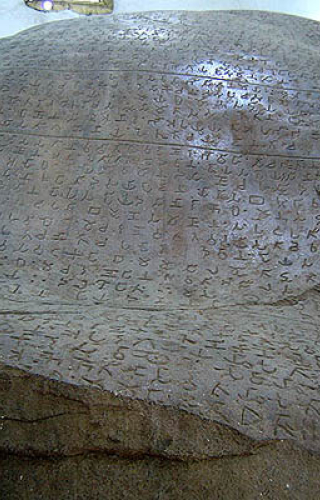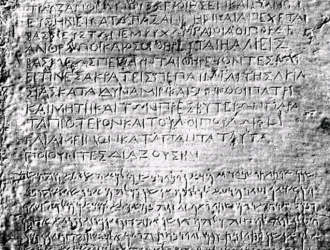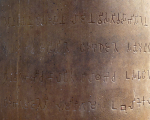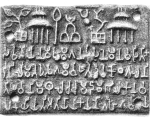The word epigraphy, for the study of inscriptions, is derived from two Greek words viz., epi meaning ‘on or upon’ and graphie meaning ‘to write’. Though inscriptions were typically engraved or inscribed on some hard surface like stones or metal plates, writings in ink and paint may also be considered under this category. Inscriptions are of different types, such as royal proclamations, donative records, land grants, prasastis (eulogistic inscriptions commissioned by rulers and written by court poets), pilgrim’s records and so on, and are found in various languages and scripts. They could be written on stone, copper plate, coins made of different metals, etc. It should be mentioned here that more than one lakh inscriptions have been recovered throughout the subcontinent. It should also be noted that among this, according to Noboru Karashima’s estimate, more than 59,000 inscriptions belong to South India alone.
Among the written archaeological sources, epigraphic documents have generally been considered the most reliable as they are often contemporary to the period they talk about and, unlike textual sources, they have not been subjected to revisions and interpolations. Moreover, epigraphs are firmly datable documents, which is not the case with other kinds of sources.
Not only do epigraphs often carry information on eras and regnal years but even undated epigraphs can palaeographically be assigned to a period. Also, their provenances (most of the time) help us to demarcate the area under control of their issuing authority. This is an added advantage of using it as a tool for understanding early India’s past.















